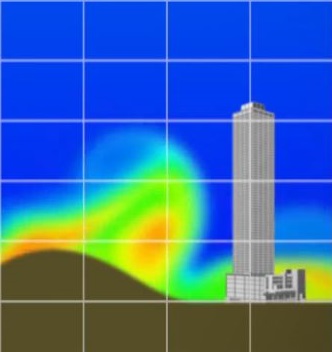Gauging current state below the surface
 Almost everybody is familiar with the slow roll of waves at the beach, the subject of millions of cliché postcards and holiday snaps, but now scientists have recorded the breaking of waves as tall as skyscrapers - deep beneath the ocean’s surface.
Almost everybody is familiar with the slow roll of waves at the beach, the subject of millions of cliché postcards and holiday snaps, but now scientists have recorded the breaking of waves as tall as skyscrapers - deep beneath the ocean’s surface.
A new study from the University of Washington has captured a giant wave breaking at a specific bottleneck for circulation in the world’s largest ocean. Sub-surface waves are formed between layers of water of different densities. They provide a vital function in circulating the contents of the ocean; transporting heat, energy, carbon and nutrients around the globe. Where they break tells scientists important information about the planet’s climate.
The study saw researchers use instruments dangling nearly 5 kilometres off the side of a ship travelling at less than half a knot to measure the giant waves, some of which take over an hour just to peak. Instruments have been dropped off at select points in the sea to be collected after 40 days; hopefully this will lead to a detail image of the movement of undersea currents.
Lead author of the new study, Dr Micahel Alford says: “The primary importance of understanding deep-ocean turbulence is to get the climate models right on long timescales.”
Details of the research are available online.








 Print
Print